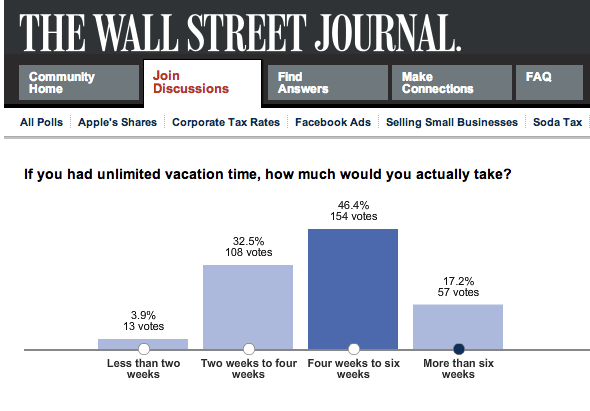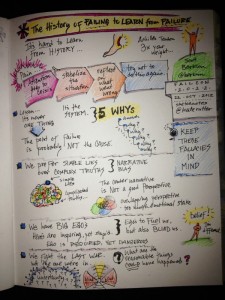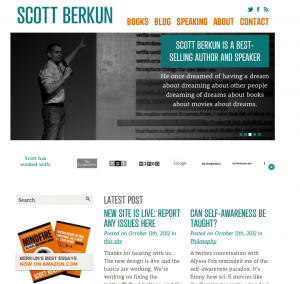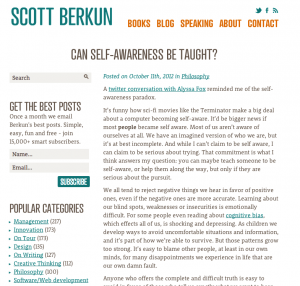Seven Problems with American Elections
America is one of the greatest countries the world and is often heralded as the best example of democracy (or republic if you want to be a stickler) in the world. Yet there are issues with how voting works in the U.S. worthy of examination. There are better ways to handle some of the details.
- Voting is not in the constitution. Of the hundreds of democratic countries in the world, only a handful fail to mention voting rights in their Constitution. Even Iran and Lybia at least promise all citizens voting rights. The U.S.Constitution does not. Voting rights have been touched on in 15th, 19th and 26th amendments (race, gender and age) but many core elements of voting rights are left to the states to decide. States of course deserve their own rights, but national elections are worthy of consideration for national rules.
- Our ballots are hard to use. Every state controls it’s own ballots. In the 2000 election the butterfy ballot was so poorly designed that many people voted for the wrong person. Some of our current ballots are not much better. Well written guides do exist for designing easy to use ballots, but every state has to choose to follow them (as opposed to Canada, where there is one voting ballot design for national elections).
- The Electoral College is unnecessary. Few Americans understand how it works or why it exists. It mostly comes up in close elections where the popular vote won’t decide the winner. The electoral college was created in the 1800s as a compromise between two factions, one wanting the popular vote to decide, and the other wanting Congress to decide. The rules for how electoral representatives are chosen and if they can vote for someone other than who their state’s citizens voted for vary state to state.
- It’s hard for some citizens to vote. People who have the hardest lives, including those working multiple jobs, the disabled, and single parents, struggle to make it to voting booths before they close. Many states allow absentee ballots to help citizens participate, but many do not. While we don’t want to make it too easy to do something this important, some efforts should be made to simplify the process (see lines in Florida and Ohio). Why not move a vague federal holiday like President’s day to be on election day, so citizens can honor past president’s by voting for the next one.
- Confusing standards for qualifying to vote. As a result of no federal rules for who can vote, each state has their own standard for what ID is acceptable or what qualifies. For example some states allow convicted criminals to participate, others do not.
- Presidential debates are privately organized. Question: Who decides who gets to participate in presidential debates and what the format is? The public? The Senate? U.S. Citizens? The answer is none of these. It’s a group of unelected officials, chosen largely by the Republican and Democratic parties called the the Commission on Presidential Debates. The debates themselves are sponsored by corporations (though what this sponsorship means is unclear). The debates are the only public discorse between candidates and should be protected from partisan and other influences.
- It’s impossible for most citizens to run for office. Obama and Romney spent $933 million and $841 million respectively in their 2012 campaigns. While never an option for most citizens, the costs of running for office, including senate races, have increased, narrowing the demographics for who can participate. The test of who runs and wins increasingly has more to do with their bank account rather than their merits as a political leader.
While I don’t have specific proposals for solving these problems, and do recognize attempting to solve them might create more problems, you have to notice the problems before you can do anything about them.
What other problems do you see? What solutions do you have? Leave a comment.






